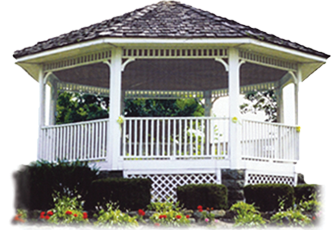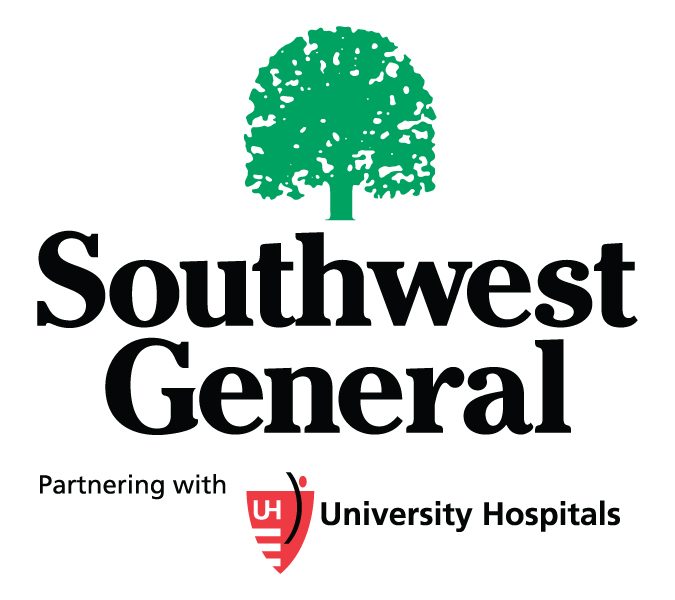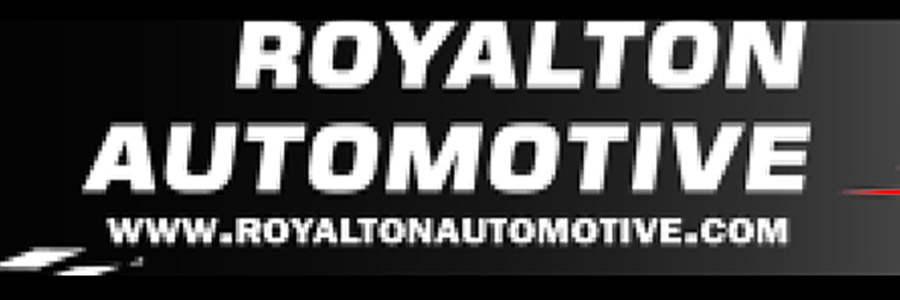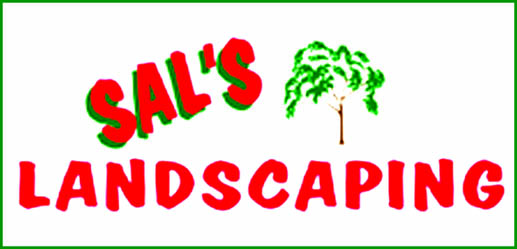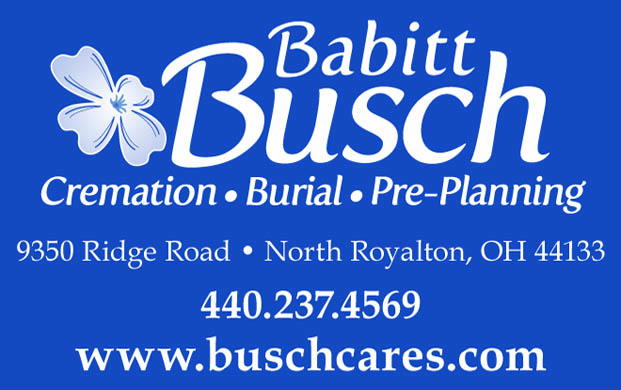This is the first in a series of articles that will continue throughout the Recorder’s 75th anniversary year. The Recorder will take us through time, from the early 1940s when North Royalton was a small village and through the decades leading us to today, a modern city. We hope will like reading these stories as much as we enjoy preparing them. We hope you will share them with your friends.
When you mention the year 1941, the attack on Pearl Harbor comes to mind. But, there was another event that happened in 1941 that is noteworthy to North Royalton residents.
It was the first year that the Royalton Recorder newspaper was published to provide news to the residents of North Royalton.
The Recorder, like any other publication, is a snapshot of history. It is the history of our town, North Royalton.
At that time, the Recorder was published monthly. It came in the mail and it cost one-cent to get each newspaper into the homes of North Royalton residents, and boasted a circulation of 2,500 “for the village of hills and valleys.”
The year 1944 was the time of World War II. The Recorder published a column called “News in Khaki,” detailing what was happening to military personnel that called North Royalton home. For example, in this edition, “News in Khaki” reported that Ensign E.J. Zabor was promoted to Lieutenant, PFC Nelson Haber was awarded a Purple Heart and Cpl. Russell Shimandle was home on furlough.
That information was just on the front page. Inside the four-page newspaper were more items about servicemen from North Royalton. Today, you might see this information on Facebook or Twitter. Back then, it was the newspaper that told you who was killed or wounded in action, or who was back home on furlough.
There was an advertisement urging North Royalton residents to buy War Bonds, a letter from “Sally” to G.I. Joe about the Christmas season in North Royalton and a dinner meeting the North Royalton Methodist’s Men’s Club was having featuring Arthur Horrocks of Goodyear talking about the “High Command.” The price of the dinner was $1.
The biggest civic issue in North Royalton at the time was the opening of a branch of the Cuyahoga County Public Library. It was to be located in a downstairs room at the Town Hall, which is now known as the old City Hall on Ridge Road.
The town council had finished forming a committee to celebrate “V-E Day” in North Royalton. (This was four months before V-E Day actually took place. They must have been very confident).
Ads in 1944 for the Royalton Recorder were totally different than what is published today. Exact addresses were not common. Phone numbers were, for example, “Royalton 3027” or “Brunswick 7922”.
In addition, prices for goods or services were rarely mentioned in ads, with the exception of one. The C.S. Johns Company, Jewelers, located “On the Triangle” in Berea was offering a “Zenith Radionic Hearing Aid.” It was complete and ready to wear at a cost of $40. WOW!
Businesses that advertised back in 1944, were Breyley’s Hilltop Service at Ridge and Royalton (NE Corner), Sprague Road Tavern, and the Glenn Carter Barber Shop (Open 9 a.m. to 9 p.m. daily except Monday). Others, North Royalton Hardware on State Road, Royal Ridge Dairy (Located across from the current High School complex), Royalton Beauty Shoppe (State Road near Royalton Road), Royal View Tavern, at 380 Royalton Road, (Near Royalton and Ridge), the Broken Wheel (formerly known as Art’s Tavern at 9661 Ridge Road) and Searles and Bassett Funeral Home, (Located where the Rite-Aid store is at State and Royalton).
The strangest story in this December 1944 edition of the Recorder was about Sidney Cartmell’s Turkey Ranch located on Sprague Road. Included in the article is how a photographer from Alcon Forecast tried to get a flock of turkeys to pose for a picture.
I don’t know where the “Turkey Ranch” was located in North Royalton. Back then, Sprague Road did not exist between State Road and York Road. Interesting!
Lester Edgerton was Mayor of North Royalton from 1929 to 1967. He served 19 terms, amounting to 38 years in office. He became a full-time mayor in 1951. In an age of “term limits” in the 21st Century, can you imagine anyone serving 19 terms in elective office?
One of the biggest issues facing the city then, was something that most of us can’t get our arms around today; that is, water and the building of water lines.
In 1949, an editorial in the Royalton Recorder stated that they were in favor of piping “city” water out here. (city water means water from Cleveland). In those days, well water was the norm, filled with lots of iron, sulfur and other impurities. The article stated that “our school and safety demand the water as a necessity. Our health and comfort demand the presence of water for more gracious living.”
Another interesting news story in 1949 was the opening of Schuckert’s Chalet on Ridge Road. Stephen Schuckert came from Bavaria, worked at the Alpine Village in Cleveland and decided to build his own restaurant in North Royalton. That eatery is still standing. It’s now called Carrie Cerino’s.
In the 1950s, North Royalton had an unusual way to letting its firefighters know that they were needed to battle a blaze. When a resident called the North Royalton Fire Department, the phone was answered by the engineers at the WJW Transmitter Site. (On Ridge Road behind the Methodist Church). If they (the engineers) determined the NRFD was needed, they sounded the siren on top of Town Hall and gave the information to the first firefighter who showed up.
In 1956, North Royalton residents were outraged by the tax rate in the city. The annual tax rate for North Royalton property owners, for $10,000 of assessed value was $325.00. That rate was higher than Cleveland, Shaker Heights, Strongsville, Parma and Brecksville.
City officials found a way to combat the “high” tax rate. The city held public hearing in March 1956 concerning the creation of a “light industry zone.” A follow-up meeting in April had to be delayed until May because of “the great amount of work to prepare the shorthand notes taken by Auditor William Clements at the meeting.”
Another problem for North Royalton residents in those days was getting your mail. If you can believe it, there were seven postal zones that served North Royalton residents. In 1955, there was one mail route that came out of the North Royalton post office. The distance the mail truck covered every day was 25 miles. It wasn’t until October 1956 when North Royalton was given Zone 33 in the Cleveland Postal District. (Now 44133).
With a growing North Royalton population in those decades, education was an important issue. During the period from 1956-1961, enrollment was predicted to increase 79%. An addition was planned at E. E. Root High School for a gym/auditorium. Population numbers showed that North Royalton schools needed to add six classrooms a year during that period.
Other concerns in those days, where the Ohio Turnpike would be located through North Royalton, bus transportation, including having the state allow the Loder Brothers to operate a bus on Royalton Road that would eventually go into downtown Cleveland. Another bus company would start its daily commute in Wooster, come through North Royalton on Ridge Road on its way to Cleveland.
Finally in the Recorder in those days were short messages like, “Go to Church on Sunday,” or “Attend Church Sunday.” It’s very rare that you see messages these days in a newspaper. It’s also rare that you see the media sounding a fire alarm for the North Royalton Fire Department.
Ed. Note: This is the first in a series that will continue throughout the Recorder’s 75th anniversary year. The Recorder will take us through time, recounting news and events that took place in North Royalton. We hope you will enjoy reading and learning about North Royalton’s past. We welcome your feedback!
By JOE JASTRZEMSKI
Contributing Writer



